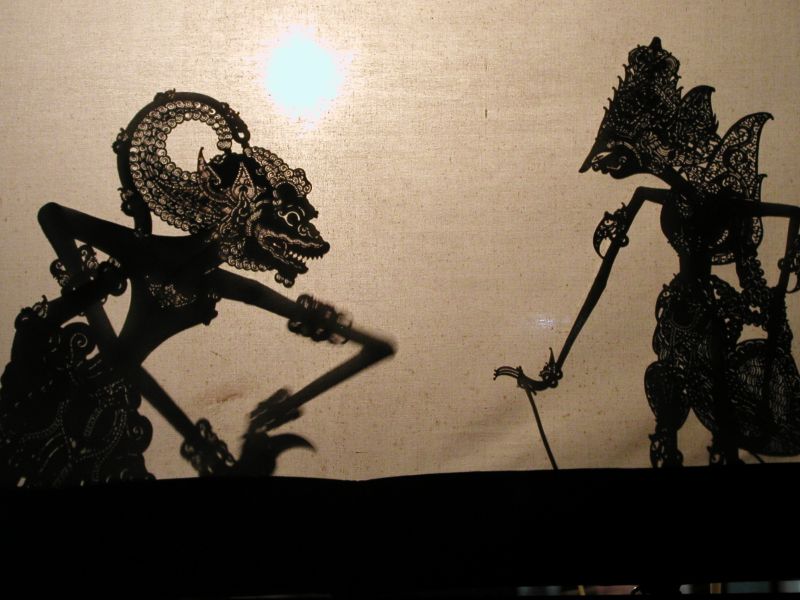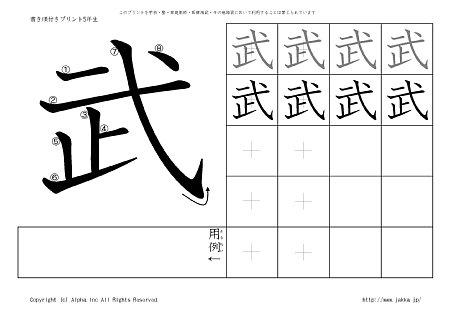I went to McDonald's Kemang this early morning, around 0520hrs. This McD is 24 hours, and I woke up early today around 0400hrs and was not able to go back to sleep, so by 0500hrs, I was hungry, so I drove to McD because I felt like having a Sausage Egg McMuffin.
I entered McD through the smoking area, but not much people were smoking then, but what I smelled was something else, this area reeks of alcohol. It is not surprising for a place that opens 24 hours in Jakarta to have customers that just finished their "late night activities" to have something to eat or just hang out a little bit more until sunrise. I've been to this particular McD in the early morning a few times before, and so far I have never been involved in any incidents, I haven't heard that anybody else had. As far as I know, the drunks are quite docile.
The dining area inside, the non smoking one, was alright. Ordered my food and went to the table and ate it. Saw a customer approached the counter, looking quite drunk, and asking if he could just wrapped up the food to go because his friends could not eat it. The staff obliged and the customer thanked him. I didn't think about it much at first, until I exit the store. I saw the guy and his friends in the smoking area, one of them hunched over the table and had puked his guts out. I was like... ewww... Good thing I did not bring the kids, I would have a hard time explaining to them what just happened, and the situation afterwards as well.
As I walked to my car, this Toyota Fortuner sped through the parking lot into the drive thru just a split second after I passed. If I was just a bit late coming out of the store, I could have been hit! If the driver was drunk, probably would not even see me walking through that parking lot.
As I entered my car, I saw the drunk customer and his friend carrying the puking guy who had literally passed out. They were having a difficult time trying to load him into the car.
This is just an accepted scene, especially places that are opened 24 hours. However, we must never be complacent. McD should be prepared to handle if the situation escalate. What would happen if the drunks that came in are not the docile type and start ? What happens if somebody got hit on their parking lot? Are they ready to manage the situation? There are maybe a number of negative scenarios could happen, but I just named a few in my suggestion to McD Kemang.
The staff in the late shift should know how to deal with that type of situation, how to deal with drunks, trained in de-escalation, and other emergency procedures. This may not be as important in other stores, but when drunks gather together in one place, late at night, the uncertainty comes up a bit higher. Alcohol is the X factor. I am not saying that McD should reject these customers, I'm not saying they are bad, I'm just saying that they could become unpredictable and the staff should be ready for it. If the staff need proper training then management should give it to them, including how to handle crisis management. People think that this is over the top, until it actually happens. Why wait? Action defeats reaction.
I see drunk drivers as well, this is just a known fact for people down here, they don't understand the concept of designated drivers or how dangerous drunk driving really is. McD do not have control over this, but they need to protect other customers as well. Point in fact is with the speeding Toyota Fortuner, I could have been hit. What if my kids were hit? If McD put in speed traps, bollards, and/or chicanes the car could have slowed down, or if the car didn't then they could hit one of these barriers before they hit me, there is a risk mitigation. Putting up a signage is useless for these people, but it does help McD to avoid lawsuits if somebody got hit in their parking lot. That is beside the point, we don't want people to get hit by cars in the parking lot or drive thru. This is something that must be further explored by McD Kemang.
This would seem a bit funny, but they could consider having a bucket prepared around the areas that have drunk people. These drunks could hardly walk, let alone find the bathroom. It would save other customers to have an unsightly view of an adult puking his guts out all over the floor and save the effort for the staff to clean it up.
Again, I'm not saying that McD should reject these customers, just need to think through some scenarios and how to manage them. Don't wait until it's too late. I actually sent such suggestion to McD below (in Bahasa Indonesia).
---
Dear McDonald's Kemang,
Saya pagi hari ini Sabtu 30 November 2013 sekitar jam 0520 ke McD Kemang dan saya tidak heran tempatnya berisikan pelanggan-pelanggan yang baru selesai "aktivitas malam" dan banyak di antaranya masih mabuk. Ini sebetulnya suatu hal yang sering ditemukan akan segala tempat yang bukanya 24 jam.
Saya masuk ke dalam McD Kemang lewat smoking area dan baunya bukan bau rokok tapi sudah bau alkohol. Sementara ini kalau saya ke sana pagi-pagi seperti ini, pemabuknya tidak rusuh dan secara relatif masih sopan. Saya melihat seseorang yang mabuknya cukup berat dan bukan saja muntah tapi pingsan dimana temannya harus mengangkat dia ke mobil. Untung anak saya tidak ikut jadi saya tidak harus menjelaskan apa yang telah terjadi.
Sewaktu saya mau balik ke mobil, tiba-tiba ada Toyota Fortuner mengebut ke dalam drive thru beberapa saat setelah saya menyeberangi lajur teersebut. Kalau ternyata pengemudi itu mabuk, mungkin dia tidak akan lihat saya dan saya bisa menjadi korban.
Memang tidak akan bisa dihindari kondisi pelanggan yang datang ke McD Kemang dan sementara saya belum mengalami insiden, akan tetapi McD Kemang bisa mempersiapkan diri jika sesuatu terjadi atau bahkan bisa menghindarinya.
Karena McD Kemang bisa menjadi berkumpulnya orang mabuk, maka ada naiknya resiko untuk para staff ataupun pelanggan lain yang ada di lokasi tersebut.
Berdasarkan pengalaman saya hari ini, saya ada beberapa rekomendasi:
Saya angkat isu ini karena saya peduli dan saya adalah residen lama daerah Kemang. Saya ingin Kemang tetap damai dan tentram, terlepas apa yang telah terjadi dengan Kemang 10 - 20 tahun terakhir ini dimana banyak night club bermunculan. Sebagai warga kita punya kewajiban untuk menjaga keamanan dan keselamatan bersama
Terima Kasih,
K'
---
Dear McDonald's Kemang,
Saya pagi hari ini Sabtu 30 November 2013 sekitar jam 0520 ke McD Kemang dan saya tidak heran tempatnya berisikan pelanggan-pelanggan yang baru selesai "aktivitas malam" dan banyak di antaranya masih mabuk. Ini sebetulnya suatu hal yang sering ditemukan akan segala tempat yang bukanya 24 jam.
Saya masuk ke dalam McD Kemang lewat smoking area dan baunya bukan bau rokok tapi sudah bau alkohol. Sementara ini kalau saya ke sana pagi-pagi seperti ini, pemabuknya tidak rusuh dan secara relatif masih sopan. Saya melihat seseorang yang mabuknya cukup berat dan bukan saja muntah tapi pingsan dimana temannya harus mengangkat dia ke mobil. Untung anak saya tidak ikut jadi saya tidak harus menjelaskan apa yang telah terjadi.
Sewaktu saya mau balik ke mobil, tiba-tiba ada Toyota Fortuner mengebut ke dalam drive thru beberapa saat setelah saya menyeberangi lajur teersebut. Kalau ternyata pengemudi itu mabuk, mungkin dia tidak akan lihat saya dan saya bisa menjadi korban.
Memang tidak akan bisa dihindari kondisi pelanggan yang datang ke McD Kemang dan sementara saya belum mengalami insiden, akan tetapi McD Kemang bisa mempersiapkan diri jika sesuatu terjadi atau bahkan bisa menghindarinya.
Karena McD Kemang bisa menjadi berkumpulnya orang mabuk, maka ada naiknya resiko untuk para staff ataupun pelanggan lain yang ada di lokasi tersebut.
Berdasarkan pengalaman saya hari ini, saya ada beberapa rekomendasi:
- 1. Para staff shift malam ke pagi dilatih khusus untuk memanajemen pelanggan yang mabuk atau bahkan diajarkan bagaimana de-eskalasi situasi yang memanas. Karena jika sudah mabuk, banyak faktor tak terduga. Ini bukan tindakan secara fisik, tapi bagaimana cara berbicara kepada pelanggan atau mengatasi situasi dimana bisa terjadi tindakan kekerasan. Walau saya belum mengalami ini, alkohol bisa jadi faktor tak terduga dan bisa saja terjadi suatu saat.
- Ini akan terdengar lucu, tapi mungkin bisa disiapkan ember sekitar orang-orang yang mabuk. Karena kalau sudah mabuk berat, jalan ke toilet untuk muntah pun akan sulit. Ini supaya pelanggan lain tidak perlu melihat muntah berserakan di lantai dan mempermudah staff untuk membersihkan.
- Berikut ini adalah yang paling penting, polisi tidur dan/atau bentuk lain (seperti tiang tambahan, bollards, chicanes) yang bisa memperlambat mobil masuk ke drive thru. Jalur drive thru memotong jalur pelanggan yang akan balik ke mobilnya. Jika mobil tersebut mengebut atau bahkan pengemudinya mabuk, bisa jatuh korban.
Saya angkat isu ini karena saya peduli dan saya adalah residen lama daerah Kemang. Saya ingin Kemang tetap damai dan tentram, terlepas apa yang telah terjadi dengan Kemang 10 - 20 tahun terakhir ini dimana banyak night club bermunculan. Sebagai warga kita punya kewajiban untuk menjaga keamanan dan keselamatan bersama
Terima Kasih,
K'









